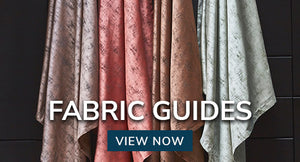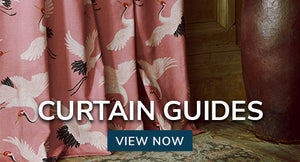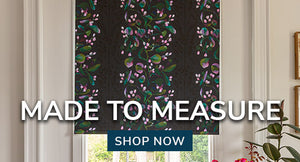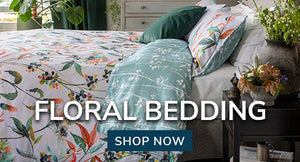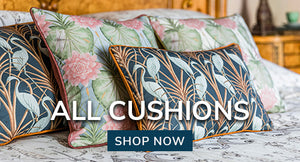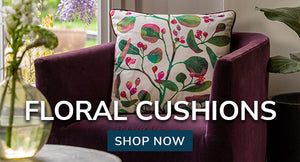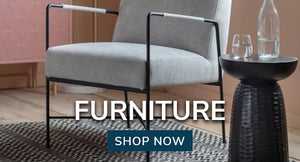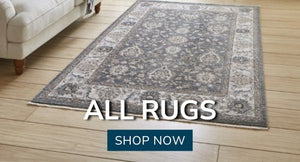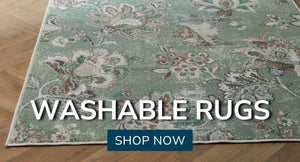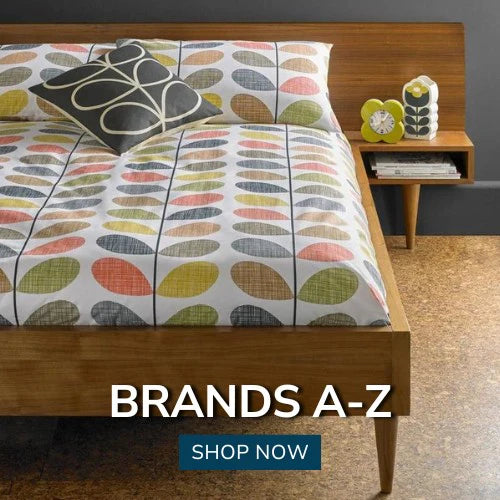A brief history of cushions
Originally a piece of furniture, a cushion dates back many centuries. In the Middle Ages they were huge, covered with leather and used to sit on, usually by the lower ranking people of a household. Cushions were also used as a status symbol, the more cushions you owed the wealthier you were!
Today cushions as we know them are soft and used to provide support and comfort to your back or head when sitting on a sofa or lounge chair, and also used to add colour, texture and pattern to our living rooms and bedrooms. Like in past times cushions are available in a wide range of shapes and sizes, with a variety of fillings and covers to suit our homes and our decorating styles. Leather is still used to cover cushions, however, rather than being hard and uncomfortable today the softest leathers are used to provide us with both style and comfort.
 |
 |
 |
Mass production and globalisation has meant that styles of cushions from around the world can be made to replicate style and designs of those used in other countries, enabling us to add another visual dimension to our homes without having to leave the country! The first cushions were stuffed or filled with straw, reeds and feathers and while today feather cushions can still be bought it's more typical to have a synthetic or man-made fibre as fillings.
These synthetic materials enable cushion inners to be laundered relatively easily, are far cheaper and of course give a choice of density, or softness. Today cushions have a cover placed over the inner, giving us the endless variety of fabrics, colours and designs. You can use just about any type of fabric to make a cushion cover and chose whether you want it embellished or plain to suit the room and your personality.
 |
 |
 |
As outdoor areas and patios are now considered extensions of our living area outdoor furniture can also be enhanced with cushions. Cushions for outdoor use usually have a synthetic fabric covering, such as PVC or oilcloth fabric, or are made with fabric which has been given a 'weather-resistant' finish. While PVC makes the cushions somewhat shower proof they can stick to bare skin on hot days!
 |
 |
 |
Interior designers regard cushions as a 'must-have' soft furnishing for living areas and bedrooms due to their ability to 'add the all important finishing touches' without having to cost a fortune. There aren't many living rooms these days that don't have at least one cushion on the sofa, armchair or bed. Floor cushions, or beanbags, still play a role in some homes, more especially those with a contemporary decorating motif, although today anyone can relax on them, they aren't solely reserved for the lower ranking members of the home!
 |
 |
 |



